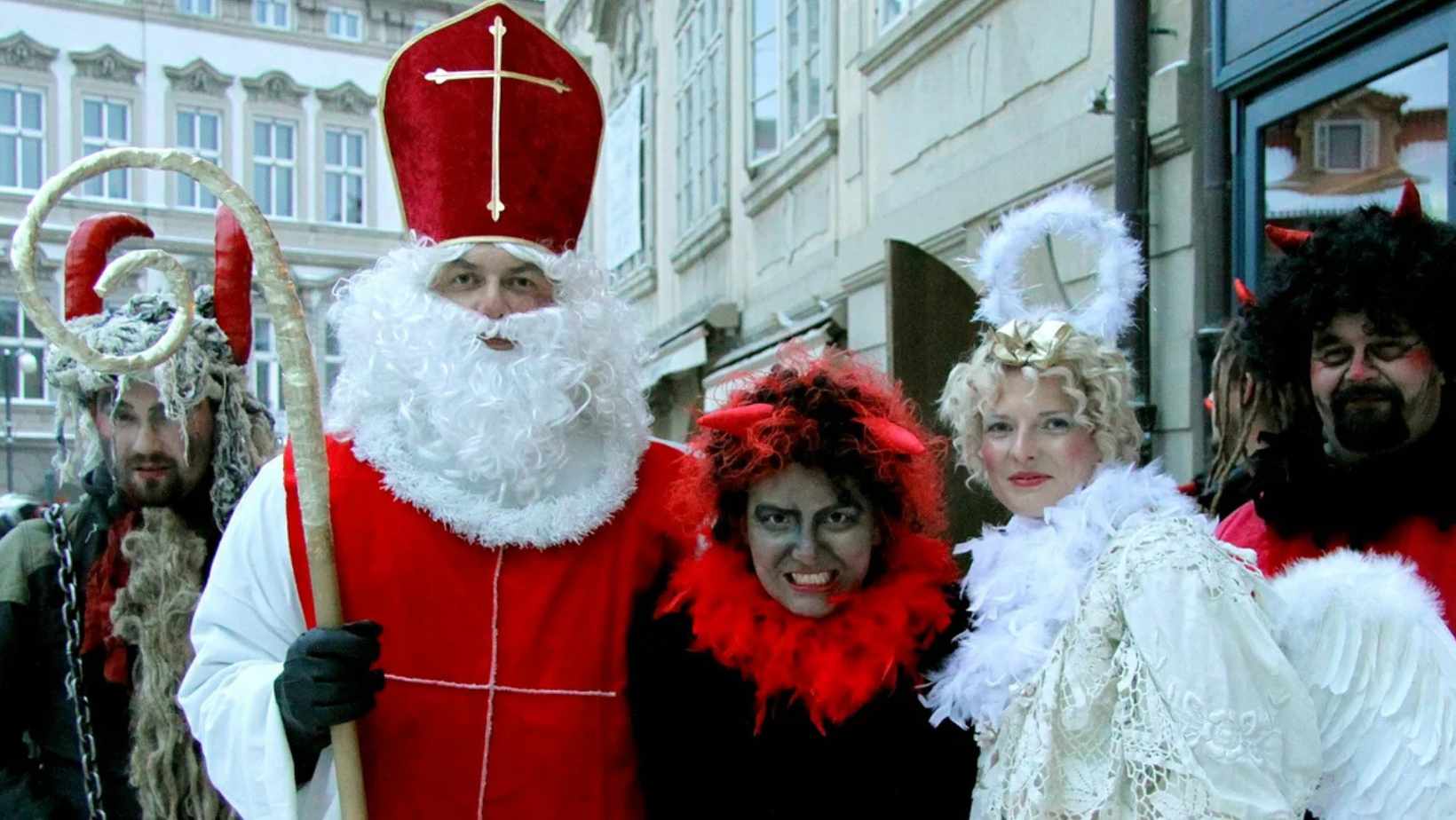By Andrew Delave – Anglo American University
Witness the disintegration of Berlin’s Olympic Stadium in David Claerbout’s exhibition “Olympia (The real-time disintegration into ruins of the Berlin Olympic stadium over the course of a thousand years),” at Galerie Rudolfinum; and even while the museum is closed at this time due to the COVID-19 virus, the exhibition is accessible virtually through mini-pieces on YouTube, Facebook, and Instagram.
The renowned Belgian video-artist (born 1969) uses 3-D rendering technologies to explore the withering effects of time on man’s creations, and so his 2016 video projection Olympia is a real-time model of the Berlin Olympic Stadium built under Adolf Hitler for the Olympic Games in 1936.
While the venue has seen numerous renovations throughout the century, the exhibition delves into the conceptual ideas of decay over an extended timeframe. The videos, therefore, project models of the Olympic stadium devoid of human interaction. Instead, watch as weeds, trees, and other natural elements slowly intrude on the concrete foundations of the stadium itself.
The projection is monumental in scale, as it is shown across two wide surfaces in one of the museum’s main gallery halls. The larger screen guides the viewer with the movement of a camera circling throughout the stadium’s main pillars, while the secondary display focuses in on details such as monumental sculptures of athletes, and the surrounding landscape. Together they provide a powerful experience that is mesmerizing and sad.
The struggle between the natural and the un-natural is at the core of this exhibit, with its clear references to the ongoing tug-of-war between technological innovations and the human experience. From a graphical perspective, the renderings Claerbout has created are nothing spectacular. However, from a conceptual standpoint, the exhibition radiates a more meaningful sense of purpose. The models are dark in tone and entrances the viewer with ominous foreboding. The slow panning camera shots that circle the grounds only add to this effect.
Most fascinating about the exhibit, curated by Petr Nedoma, is how Claerbout has incorporated advanced algorithms that track and project real-time weather data from Berlin into the model. From year-to-year and across the seasons the algorithm will gradually allow for the growth and irrigation of wild-life depending on the conditions. Flowers and weeds grow based on details as the positioning of the sun and the depth of daily precipitation. These are changes that are difficult to see in just one viewing. In time, nature will inhabit the entirety of the display.
Olympia builds upon the German concept Ruinenwert, where buildings are designed so that if they eventually collapse their ruins will be aesthetically pleasing without maintenance.
The concept was pioneered by the stadium’s architect, Albert Speer, who believed that cultural landmarks were a “bridge to tradition” for future generations to clasp to. Olympia by Claerbout is the literal interpretation of this idea.
The stadium stands despite the fluctuating governments and ideologies it has faced. Claerbout attempts to measure biological duration (the span of a lifetime) against ideological durations, such as Hitler’s desire for a thousand-year Reich. In culmination, he provides an experience that is deeper than what meets the eye.
More information here
-
NEWSLETTER
Subscribe for our daily news










